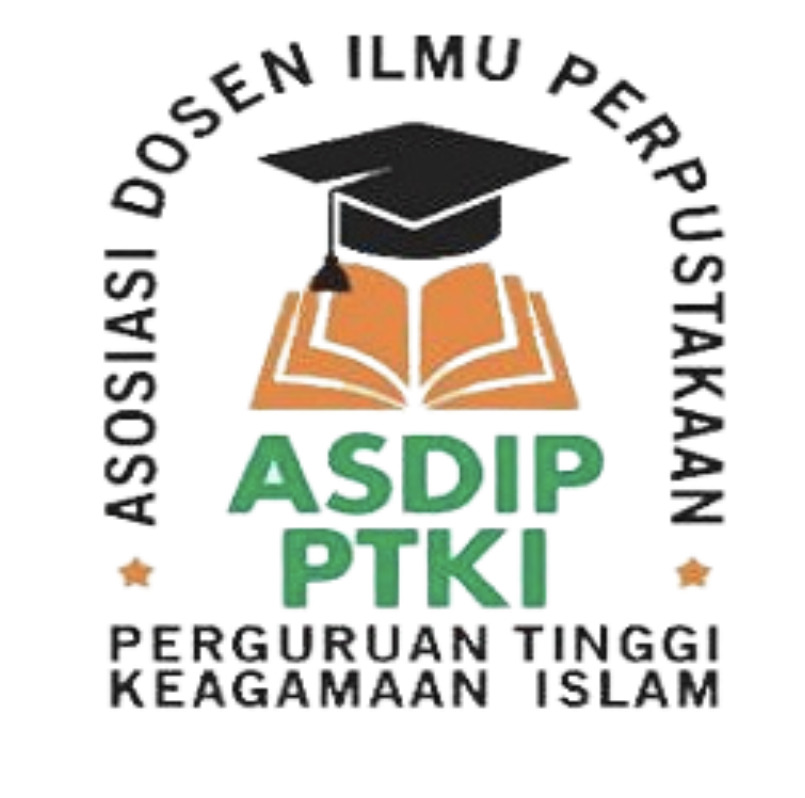Pustaka, Ruang Publik Dan Tindakan Komunikatif: Kajian Terhadap Perpustakaan Cahaya Ilmu Sma Negeri 1 Bengkulu Tengah
DOI:
https://doi.org/10.29240/tik.v6i2.4933Keywords:
Communicative Action, Library, Public SpaceAbstract
The theory proposed by Jurgen Habermas is that public spaces and communicative actions can be applied to the world of libraries, the Cahaya Ilmu library of SMAN 1 Bengkulu Tengah is one of the district-level school libraries that has adequate facilities as a public space. The purpose of this study was to see the relationship between communicative actions and public spaces reviewed at the Cahaya Ilmu library of SMAN 1 Bengkulu Tengah. This type of research uses a type of field research. As a result, the library can be said to be a public space whose activities require communicative actions that take place on the rules of the library rules that demand responsibility from several parties in accordance with mutually agreed agreements. library which is a public space open to anyone, where the Cahaya Ilmu library can be accessed by anyone either directly to the library or online, Cahaya Ilmu library activities are publicly funded through BOS funds and voluntary donations from the local community, access to information served to the public is satisfactory with various services and can be accessed as widely as possible and the Cahaya Ilmu library collaborates to expand the network  libraries both internally and externally.
Downloads
References
Anton Sudiardja, 2008. Mengapa Koruptor Bergeming dan Keyakinan Menjadi Keras, Telaah tentang ‘Jati Diri’ Manusia di Era Global, Pidato Pengukuhan Jabatan Guru Besar dalam Bidang Etika, Alam Pikir Hindu, Filsafat Manusia, Universitas Sanata Dharma, Yogyakarta.
Habermas, Jurgen, 2009. Teori Tindakan Komunikatif, Buku Dua, Kritik Atas Rasio Fungsionalis, cetakan kedua, diterjemahkan oleh Nurhadi, Kreasi Wacana, Yogyakarta.
Habermas, Jurgen, 2010. Ruang Publik, Sebuah Kajian tentang Kategori Masyarakat Borjuis, cetakan ketiga, diterjemahkan oleh Yudi Santoso, Kreasi Wacana, Yogyakarta..
Fadli, M. R. (2021). Memahami desain metode penelitian kualitatif. Humanika, 21(1), 33–54. https://doi.org/10.21831/hum.v21i1.38075
Hartono. (2017). Pengetahuan Dasar Perpustakaan Digital. Sagung Seto.
Palupi, A. S. (2012). Perpustakaan Kota di Yogyakarta. E-Jornal Uajy, 18–42.
Pembayun, J. G. (2017). Rekonstruksi Pemikiran Habermas di Era Digital. Komunikasi Dan Kajian Media, 1(1), 37–72. https://www.researchgate.net/publication/269107473_What_is_governance/link/548173090cf22525dcb61443/download%0Ahttp://www.econ.upf.edu/~reynal/Civil wars_12December2010.pdf%0Ahttps://think-asia.org/handle/11540/8282%0Ahttps://www.jstor.org/stable/41857625
Qomariyah, A. N. (2017). Upaya perpustakaan perguruan tinggi dalam menciptakan ruang publik: kajian “. Pustakaloka, 9(1), 24–37.
Safitri, A. (2019). Hubungan Fasilitas Perpustakaan Dan Pelayanan Perpustakaan Dengan Minat Baca Siswa Kelas Iv Sdn Gugus Cakra Kecamatan Ngaliyan Kota Semarang. In Jurnal UNNES.
Sujatna. (2018). Inovasi Pustakawan Zaman Now. Mahara Publishing.
Sumaryanto, Y. (2010). Ruang Publik Jürgen Habermas Dan Tinjauan Atas Perpustakaan Umum IndonesiA. UNIVERSITAS INDONESIA.
Tobing, M. M. (2017). Jurgen Habermas dan Ruang Publik di IndonesiaJ [Universitas Kristen Indonesia]. In Jurnal FISIP Universitas Kristen Indonesia. http://repository.uki.ac.id/
Downloads
Additional Files
Published
Issue
Section
Citation Check
License
Authors who publish with Tik Ilmeu : Jurnal Ilmu Perpustakaan dan Informasi agree to the following terms:
- Authors retain copyright and grant the journal right of first publication with the work simultaneously licensed under a Creative Commons Attribution-NonCommercial-ShareAlike 4.0 International License (CC BY-NC-SA 4.0) that allows others to share the work with an acknowledgment of the work's authorship and initial publication in this journal.
- Authors are able to enter into separate, additional contractual arrangements for the non-exclusive distribution of the journal's published version of the work (e.g., post it to an institutional repository or publish it in a book), with an acknowledgment of its initial publication in this journal.
- Authors are permitted and encouraged to post their work online (e.g., in institutional repositories or on their website) prior to and during the submission process, as it can lead to productive exchanges, as well as earlier and greater citation of published work (See The Effect of Open Access).







 This work is licensed under a
This work is licensed under a 